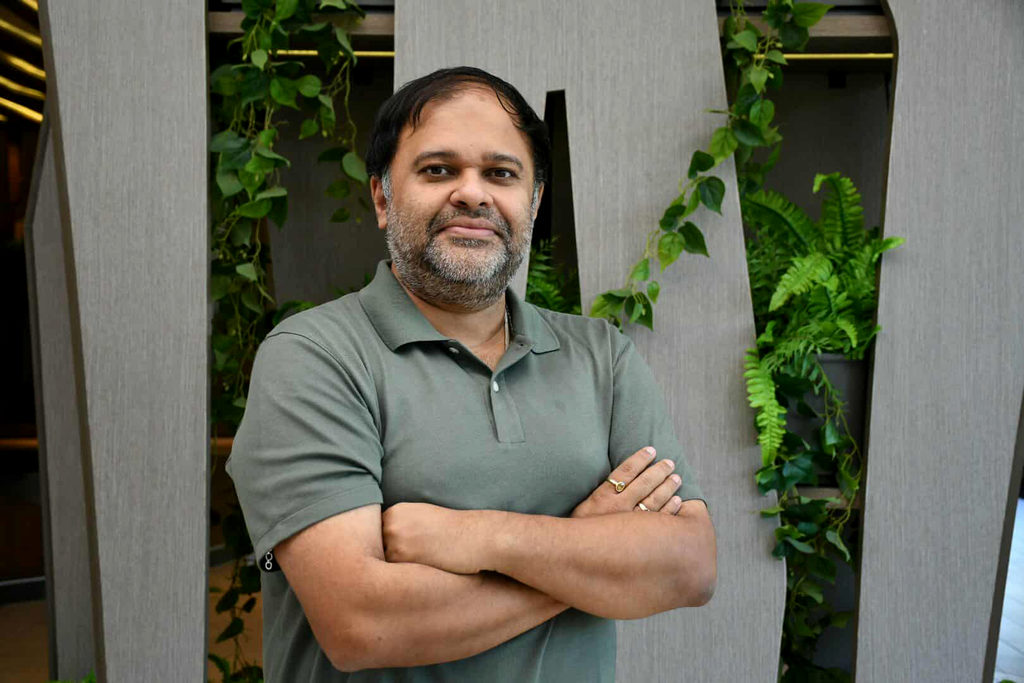Google’s Product and Service Innovation Global Submarine Cable system director Shirshendu Bhattacharya addressed concerns about the reliability of a submarine fiber optic cable connecting Tuvalu while also acknowledging the threat of rising sea levels and emphasising proactive measures to mitigate the risk.
During a question and answer session after his presentation at the Pacific Fiber Conference and training on Wednesday, a participant queried the cost implications and reliability of the existing cable connection in Tuvalu in light of the rising sea level.
In response, Mr Bhattacharya said “We cannot be pessimistic, thinking that it will sink. We have to do work so that it does not sink.”
Mr Bhattacharya clarified that the Tuvalu cable was not a Google business case, but was supported so that there is connectivity for Tuvalu.
He also explained that during the cable’s construction, steps were taken to address the known risk of rising sea levels.
“But when we are building that, what we can do is we know that there is a chance that the sea water level will rise, so as we build the cable line, we are building it on a higher base platform.”
“When we are building it, we are also putting a solar panel there, so that the power is not coming from diesel. Like, these are things which are in our control.”
The Google-backed Tuvalu Vaka cable project is Tuvalu’s first undersea internet connection and is a joint effort between Tuvalu Telecommunications Corporation, Google, and supported by funding from the US, Australia, Japan, New Zealand, and Taiwan.
The Tuvalu Vaka cable, a branch off Google’s Bulikula cable, landed on the island’s capital Funafuti last December and is expected to be operational by Q3 2026.
Mr Bhattacharya said rainwater harvesting was being carried out as well as part of the project.



